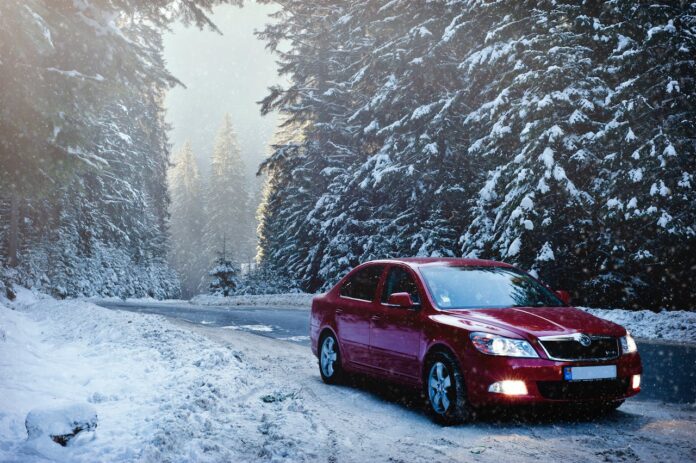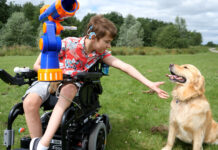- The Royal Society for the Prevention of Accidents has issued urgent guidance to those travelling in cold and snowy weather
- Disruptive conditions are set to hit many areas of the UK
- Road experts warn of increased chance of collisions
With icy temperatures and ‘disruptive’ snow hitting large parts of Britain, and parts of the UK still grappling with flooding, leading road experts The Royal Society for the Prevention of Accidents (RoSPA) has issued some vital road safety advice.
Advising on winter driving, Rebecca Guy, RoSPA’s Road Safety Manager for England, said:
“Snowy conditions can pose a real challenge for drivers so it’s worth knowing how to prepare yourself so your journey can be as smooth as possible. Before you set off, check the weather conditions to ensure you’re not caught out, and don’t forget to wipe off snow from the top and windows of your car. This will avoid snow falling onto your windscreen while driving and impacting your line of sight. In very bad conditions, avoid driving completely, unless you absolutely have to make the journey and driving is the only option.
“It’s also a good idea to leave more time than usual for your journey, and to check your tyres, fluid levels, lights and fuel or charge levels before you set off. If your journey is essential, packing some warm clothing, a fully charged mobile phone, some food and a drink can help you to be prepared if you do break down – and even a pair of sunglasses can stand you in good stead in case the sun comes out and reflects on the road ahead.
“If you can, try and move off in second gear and change to a higher gear as soon as possible once the car is moving. Ensure you accelerate gently and smoothly, using low revs. Ideally, stay in a steady gear and leave as much room in front of you as possible so you can maintain a constant speed – and don’t forget that stopping distance can be increased up to 10 times in snowy weather.”
Other factors to consider if driving in snow or ice:
• Slow down in plenty of time before bends and corners
• Braking on an icy or snow-covered bend is extremely dangerous. The centrifugal force will continue to pull you outwards and the wheels will not grip very well. This could cause your vehicle to spin
• Increase the gap between you and the vehicle in front. You may need up to 10 times the distance for braking in good conditions
• Visibility will probably be reduced, so use dipped headlights
If you get stuck in snow:
• If you get stuck in snow, revving your engine to try to power out of the rut will just make the rut worse. Instead, move your vehicle slowly backwards and forwards out of the rut using the highest gear you can
• If this doesn’t work, you may have to ask a friendly passerby for a push or get your shovel out
Rebecca went on to advise those encountering flood water:
“The past few weeks have seen a concerning level of flooding in many areas of the UK. It is essential to have the latest information at hand to avoid roads or pathways that are submerged in water. Not only can a flooded car be costly, it can lead to drowning so it is important to never attempt to drive through a waterlogged area, especially If the road has been closed off.
“Before leaving the house, consider whether your vehicle really is in a roadworthy condition for extreme weather, and check its tyres, brakes, lights and fluid levels. If your vehicle is not in tip-top condition, you are more likely to break down and get stranded. Therefore, keep an emergency kit in your car, especially if you’re going on a long journey. If this seems unnecessary, take a moment to imagine yourself stranded in your car overnight. ”
If you’re in a flooded area, it is also worth considering the following when nearing an affected road:
• Avoid the deepest water – which is usually near the kerb
• Don’t attempt to cross if the water seems too deep
• If you are not sure of the water’s depth, look for an alternative route
• If you decide to risk it, drive slowly in first gear but keep the engine speed high by slipping the clutch – this will stop you from stalling
• Be aware of the bow wave from approaching vehicles – operate an informal ‘give way’ with approaching vehicles
For more information, please visit our Winter Driving Tips page here.
Help keep news FREE for our readers
Supporting your local community newspaper/online news outlet is crucial now more than ever. If you believe in independent journalism, then consider making a valuable contribution by making a one-time or monthly donation. We operate in rural areas where providing unbiased news can be challenging. Read More About Supporting The West Wales Chronicle























